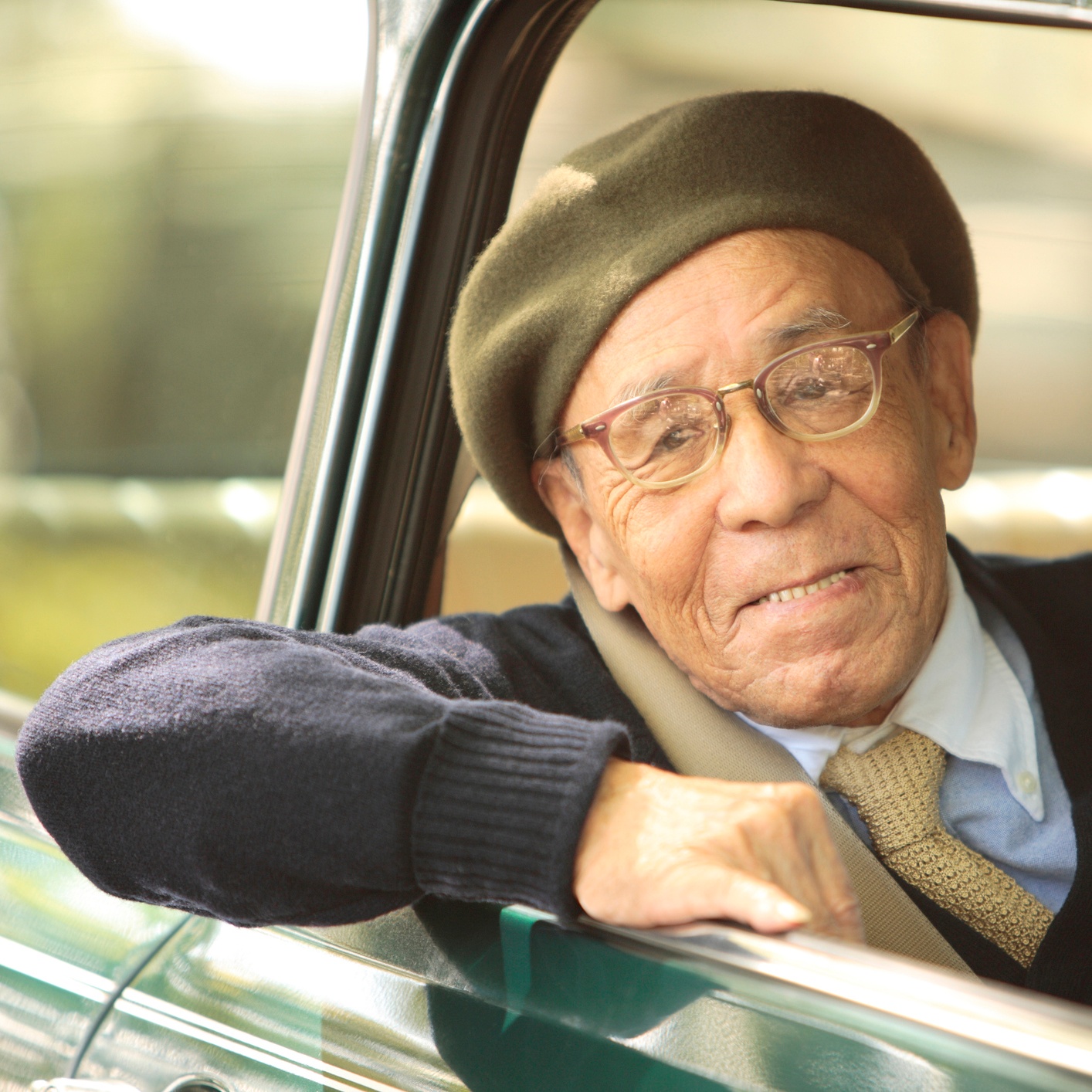Americans are living longer, which is encouraging. But this means more people are outliving their ability to drive themselves: women by an average of 10 years, a man by seven. If you fall into this category, here are some helpful hints to find the best transportation options to get around when you no longer drive.
Some people can safely drive well into their 90s, while others need to stop at a younger age—sometimes significantly younger. Declining visual or motor skills or other physical impairments are more decisive stop-driving factors than mere age. And, typically, adults cut back on driving by increments, rather than stopping suddenly. For example, a person might stop driving at night, or for long distances, or to unfamiliar places, but continue to drive locally or in the daylight.
How to Figure Out Your Best Options
Make a list of the places you typically go, which will probably include the grocery store, your doctor or dentist, the bank and so forth, and may include a place of worship, the library and more.
What form of transportation is available for each of these? Do you have a spouse, child or friends who can drive you there? What kinds of public transportation exist in your area? If it is available and of quality, this can resolve many issues, although it may mean you’d still need to walk to and from a bus stop, especially challenging in rain, snow and ice or extreme temperature conditions.
If friends or family can’t drive you, and public transportation is iffy or unavailable, can you take a taxi? Another option is Uber, which may be available in your community. A similar service, Lyft, is beginning to be offered in Ohio. Or is there a volunteer transportation network nearby, perhaps available through a senior center, social services agency or church? Try entering your ZIP code at this site to see potential options.
Are you planning to move? If so, a key consideration should be the transportation options available there, even if you are still currently driving yourself.
Making the Right Choice
The AARP guide Transportation Options for Older Adults can help you choose the best service for your needs. It suggests you look at three factors:
- Eligibility
- Affordability
- Accessibility
Some services have eligibility guidelines to meet; what sort of evaluation needs to take place to become eligible?
Besides asking for the price of the transportation, ask about discounts, setting up an account, paying in advance, and more.
Finally, make sure your home is within the service area—and that places where you typically travel are also included. What time is this service available, and which days? Do you get picked up and dropped off at home or do you need to meet at a central location? Do you need to RSVP?
Attitude Shift
When it’s time to stop driving, try not to consider it the end of independence or freedom. It simply means you need to use different methods of transportation to continue to enjoy your lifestyle.













